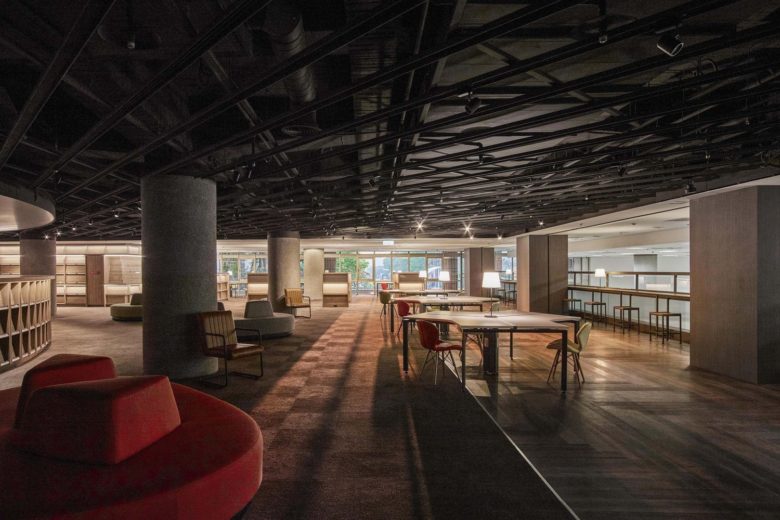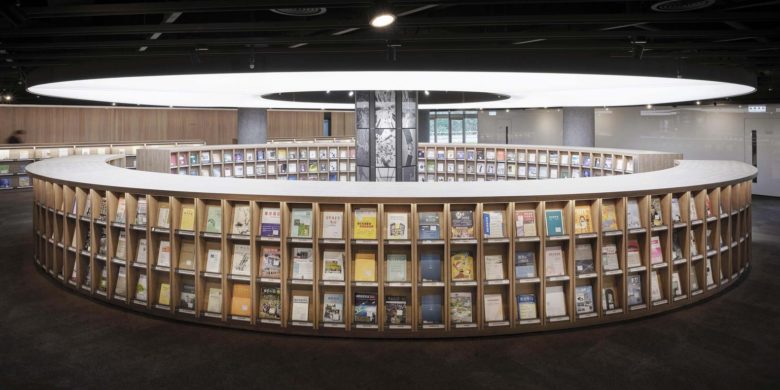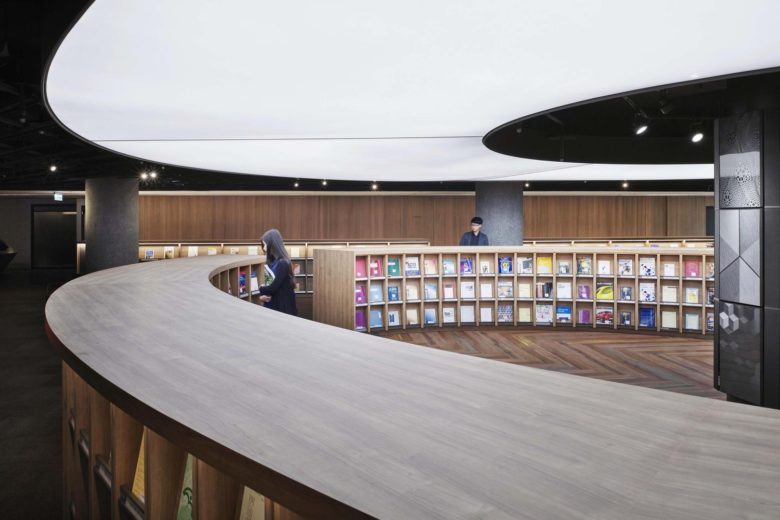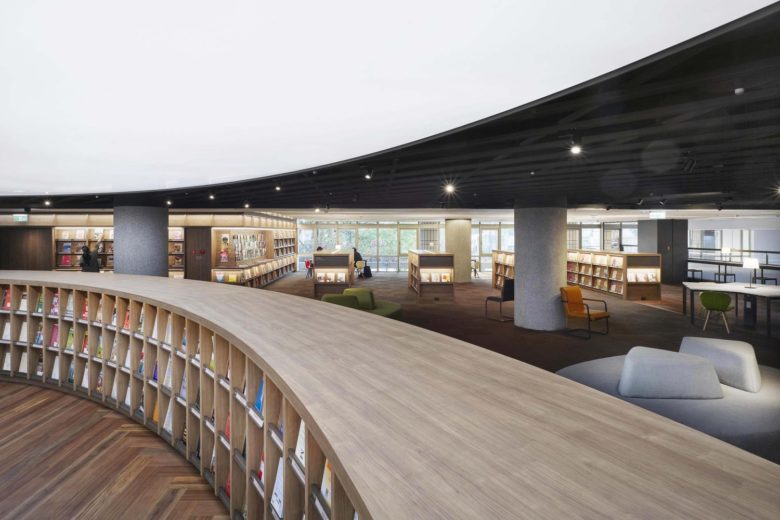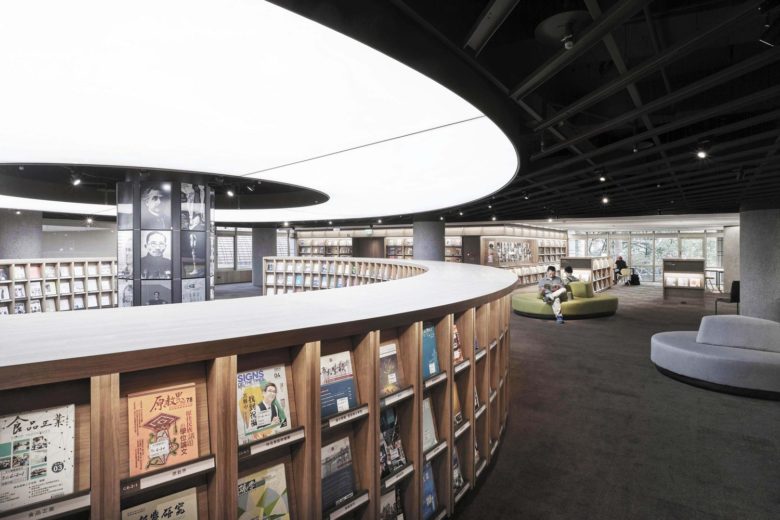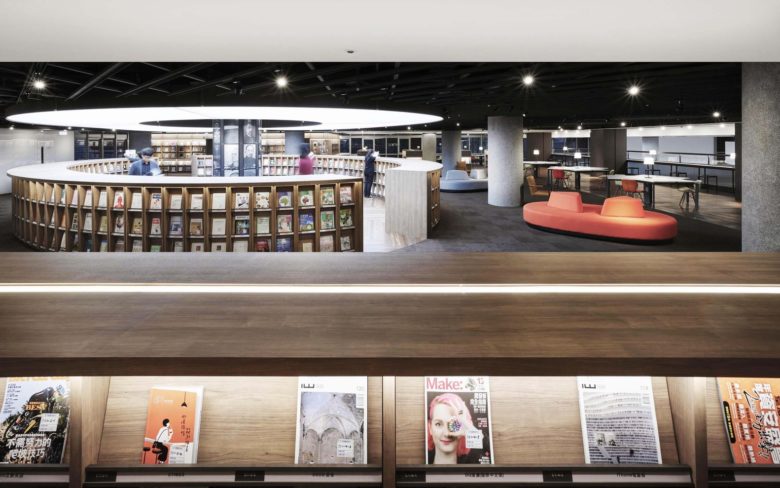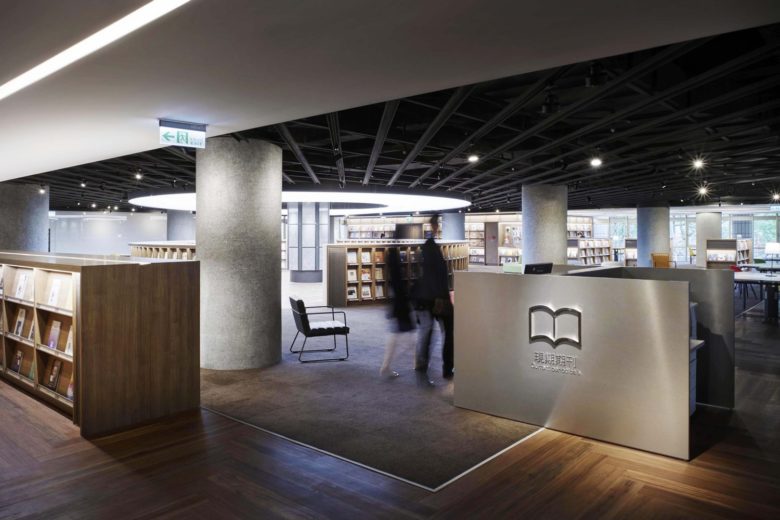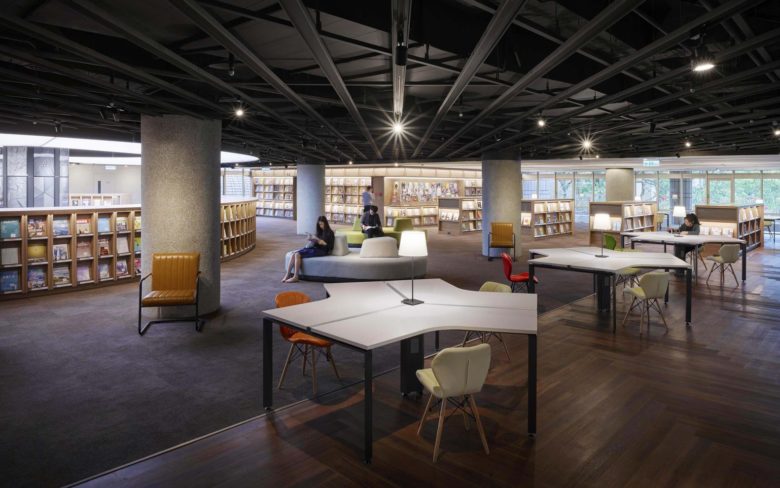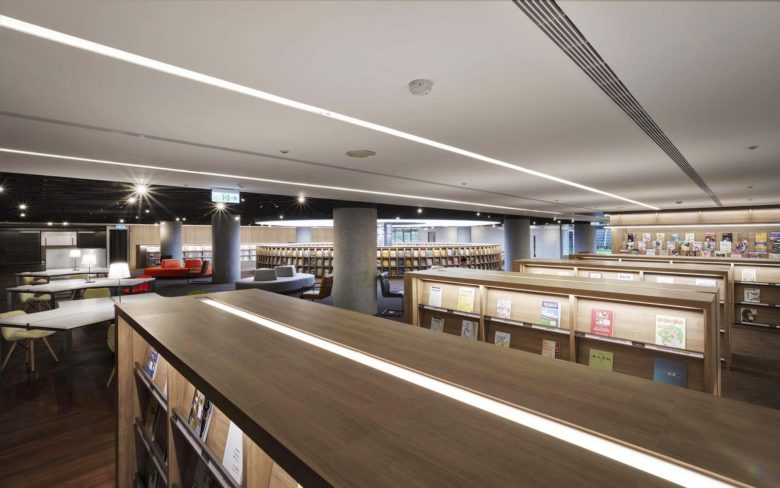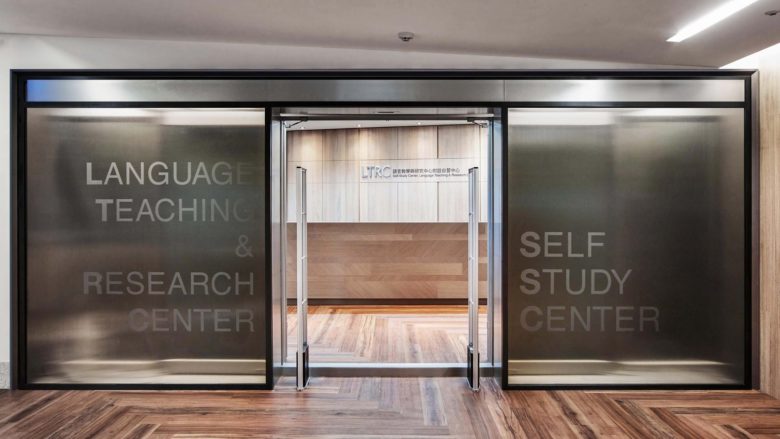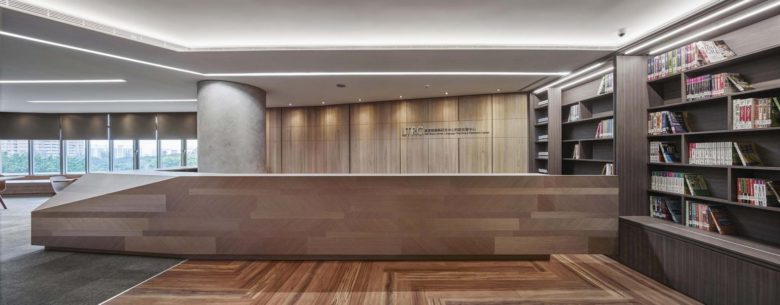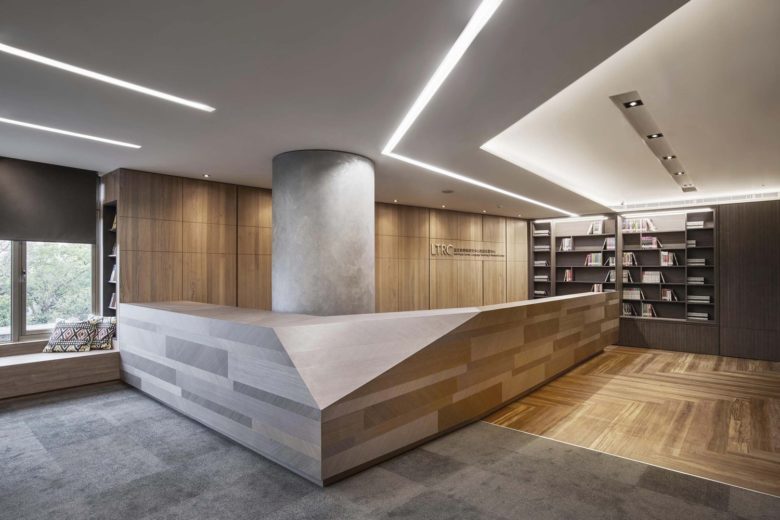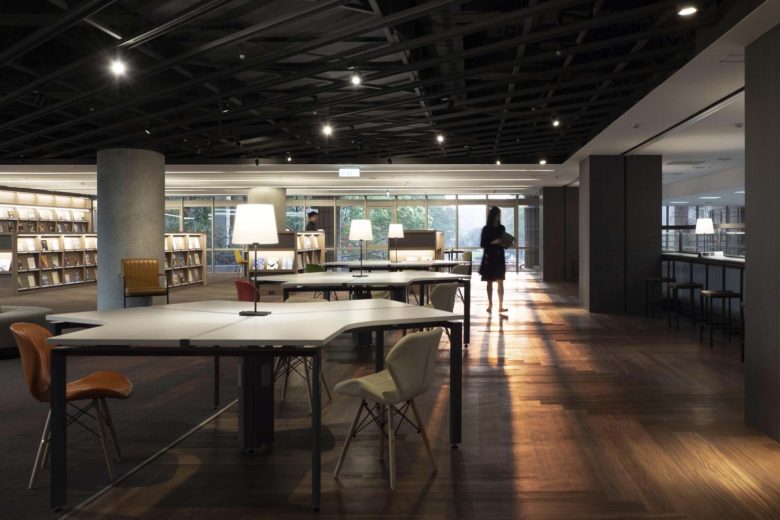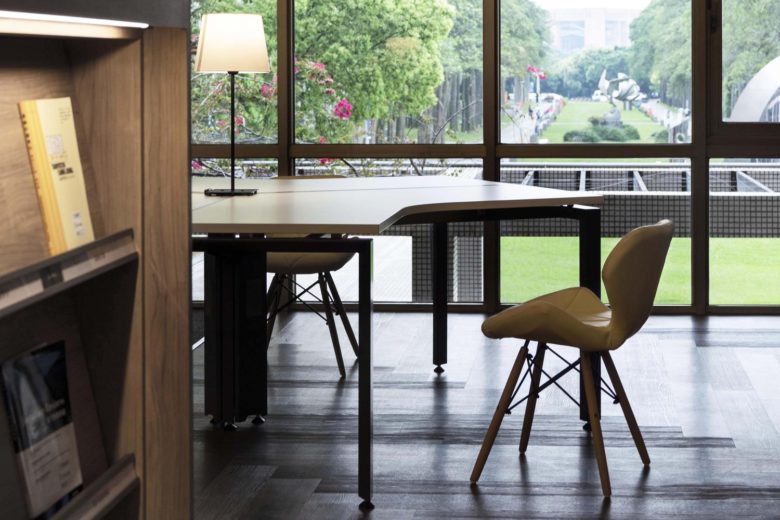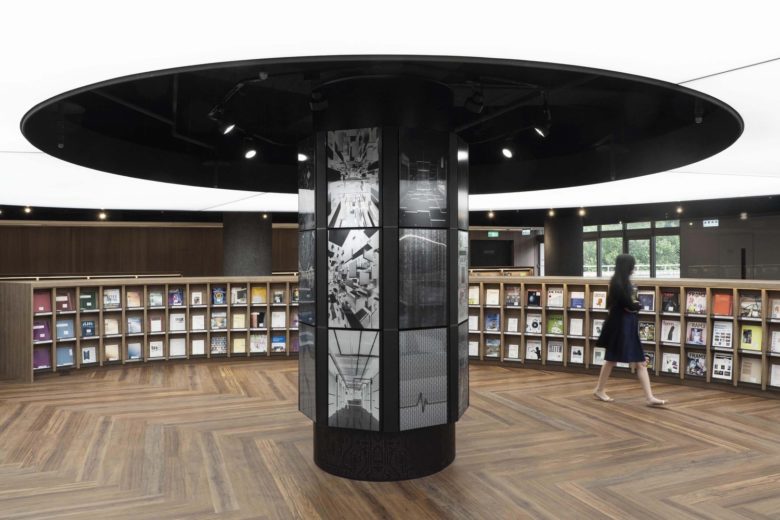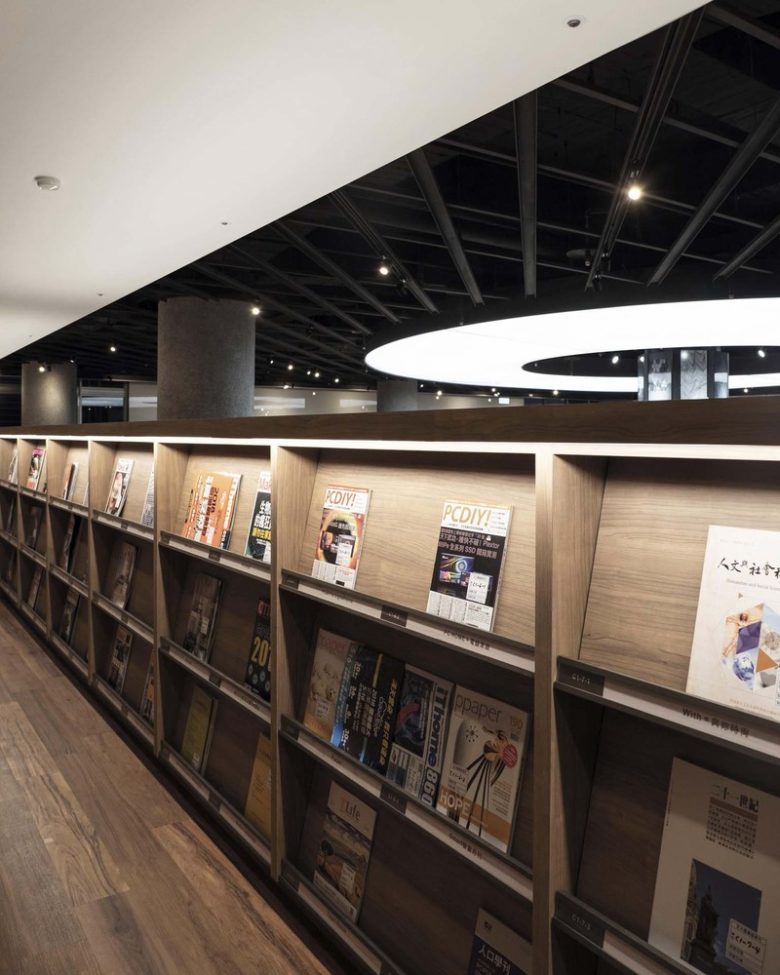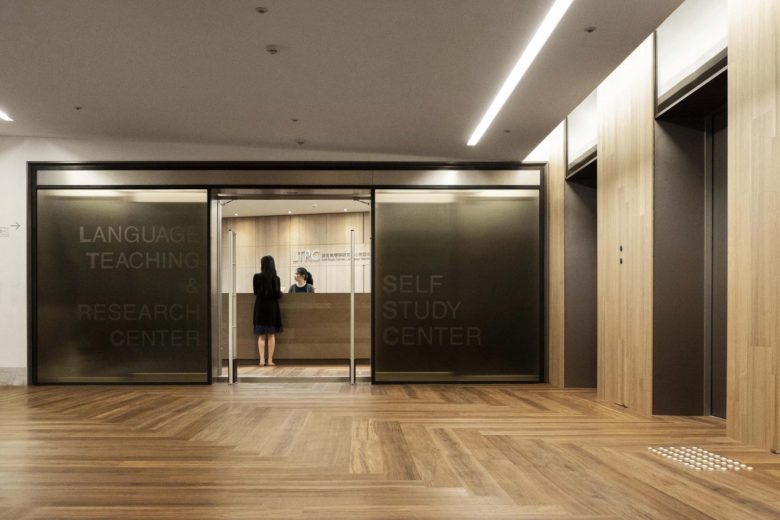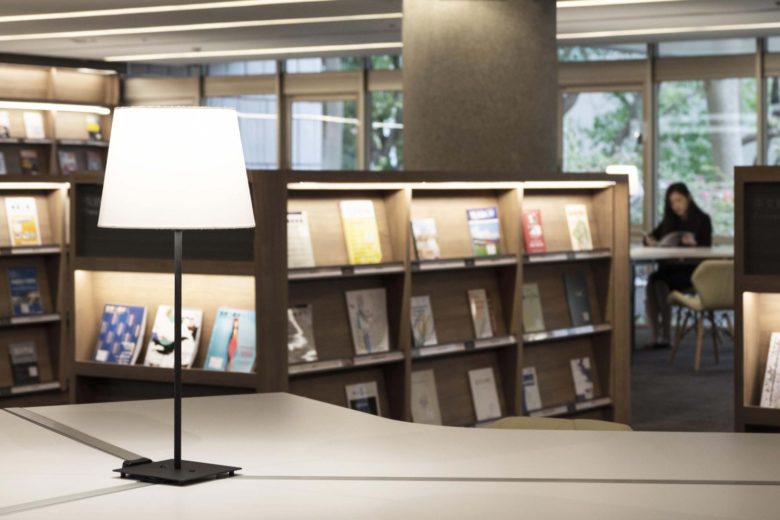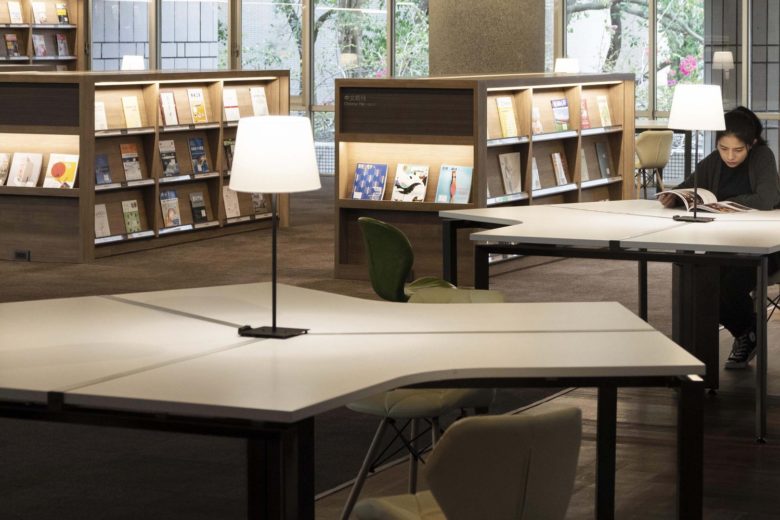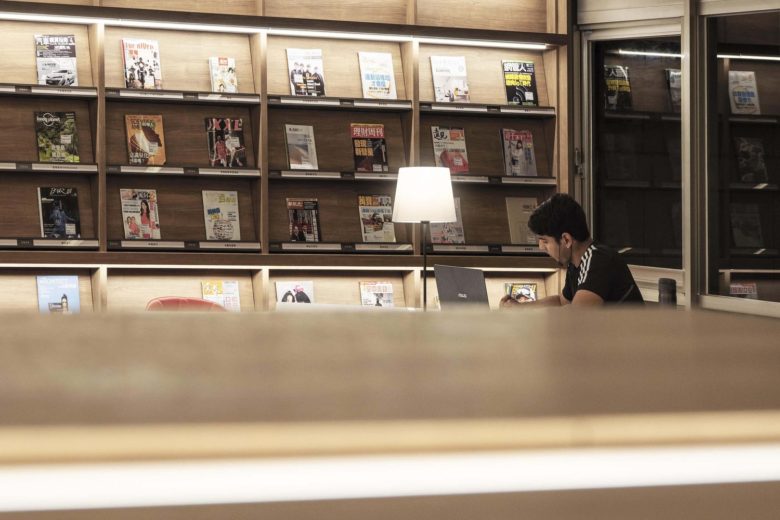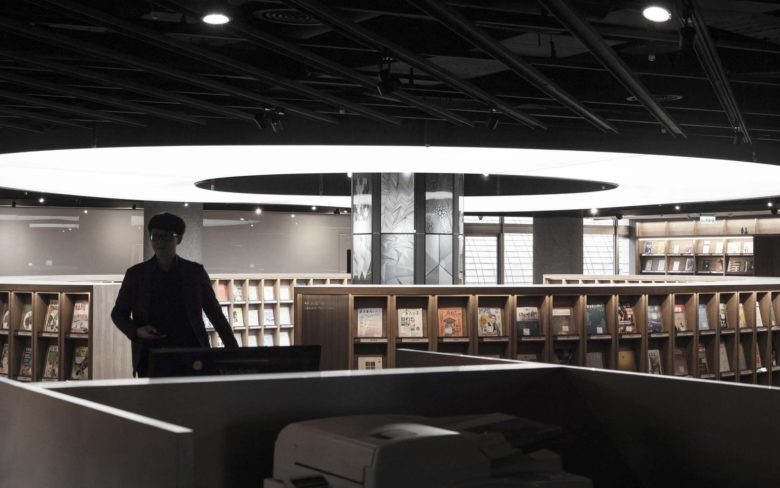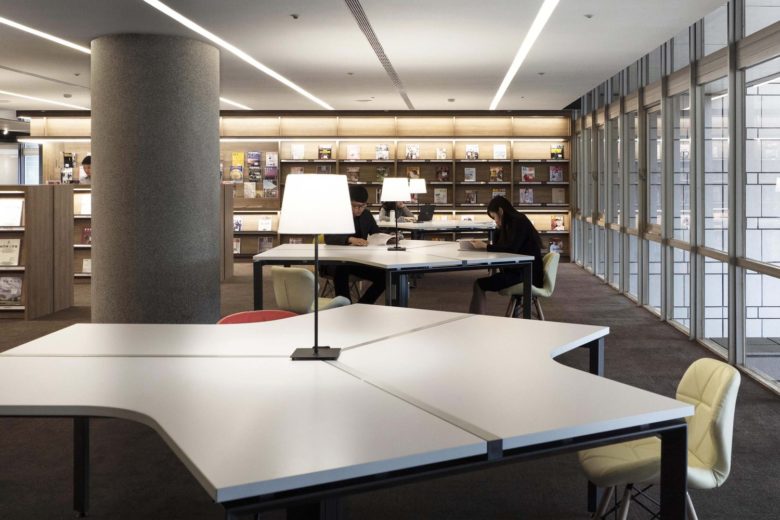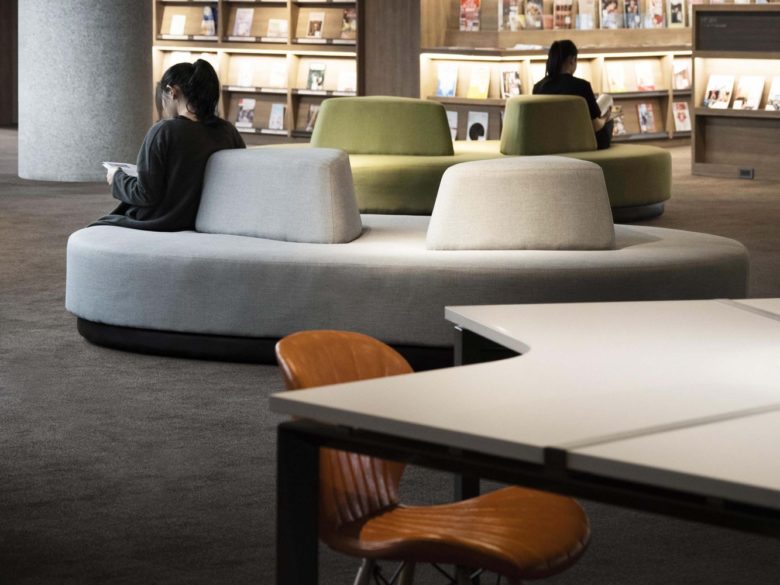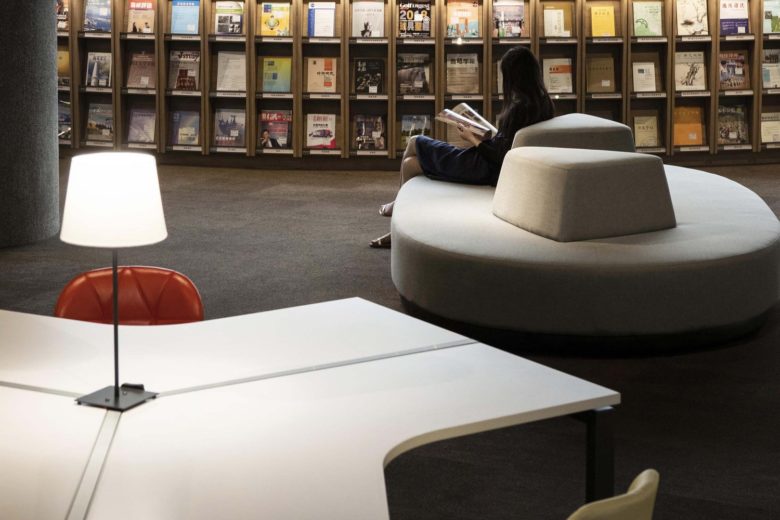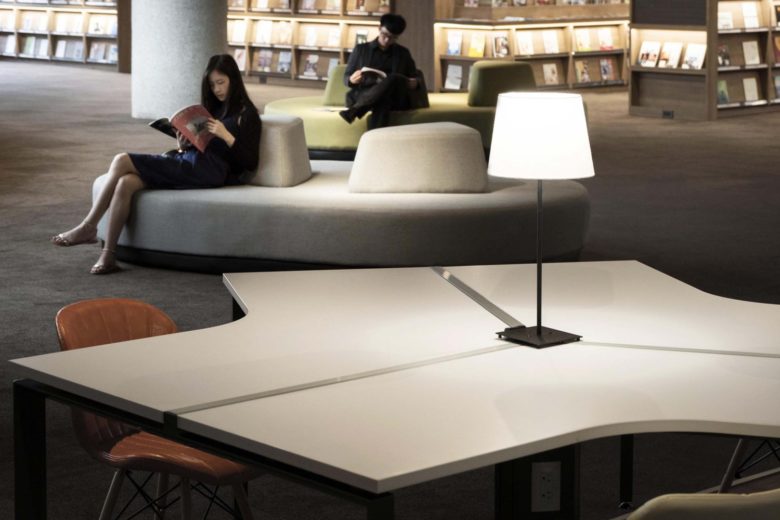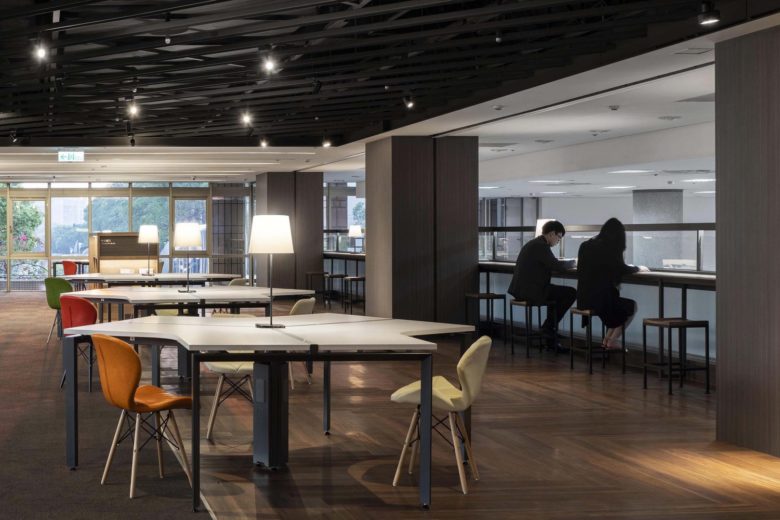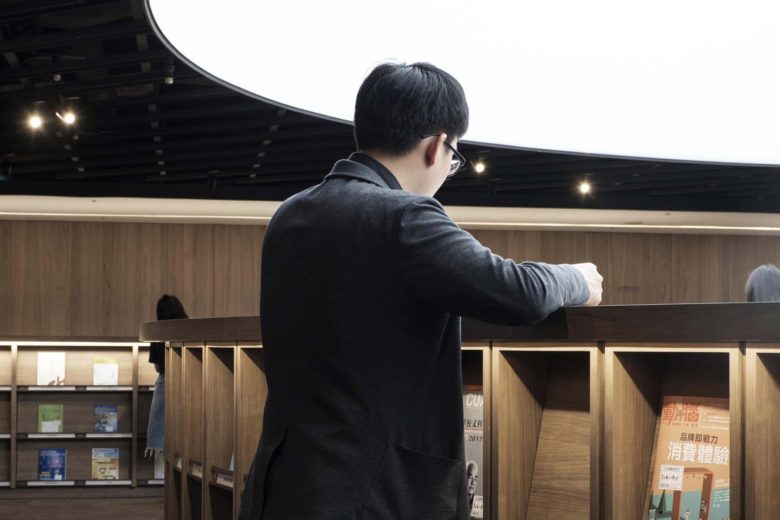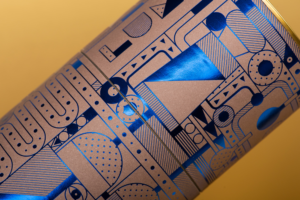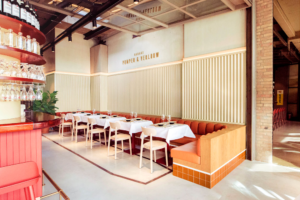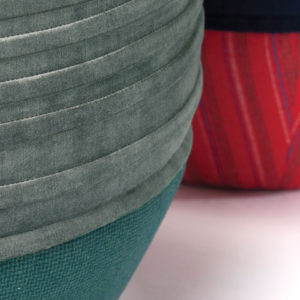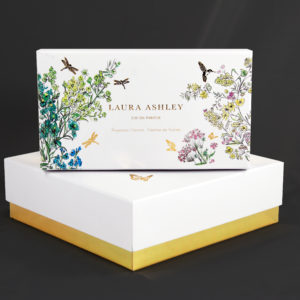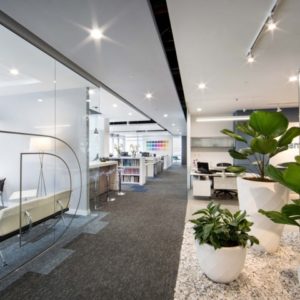
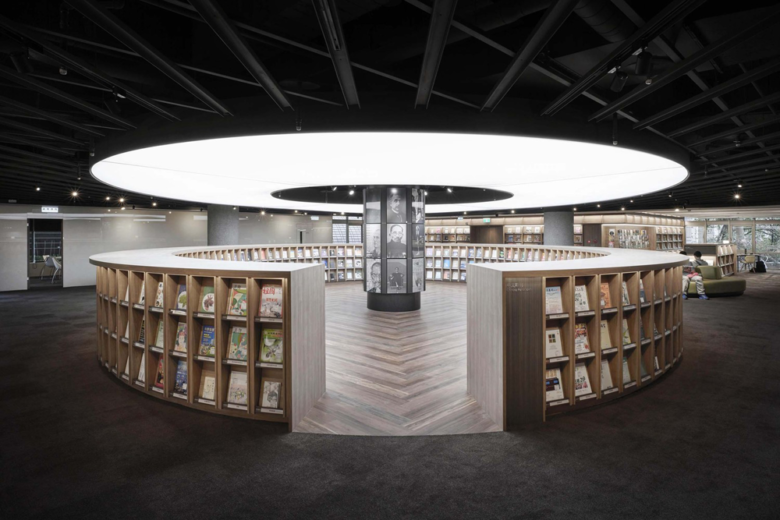
National Chiao Tung University Library witnesses the growth of students of National Chiao Tung University. Reading is the reinterpretation and reappearance of what the campus is. Knowledge Agora (space for books and periodicals) of National Chiao Tung University will be a starting point for National Chiao Tung University of Taiwan to reverse education with reading aesthetics.
Reversing the Aesthetic Experience of the Next-Generation Campus Reading Field
In traditional colleges and universities, libraries have invariably been an important site where students collect international knowledge and information and learn by reading. Regarding the campus development in Taiwan, the capacity of a library to satisfy the needs of users was highlighted in the early stage, while the campus space positioning and aesthetics that a library should present were overlooked.
As our life gets better and the academic technology evolves, the transmission of knowledge and information has ceased to rely on traditional books but through the Internet, cloud and multiple technologies. Against this backdrop, we hope that the renovation of journal reading space on the third floor of National Chiao Tung University Library can reverse the traditionally defined space structure and integrate contemporary technologies with architectural space aesthetics to give the library a new positioning of next-generation space.
Response to Existing Spatial Structure/Co-existence of New and Old Space
The design of this case integrates the relationship between the entrance of the library hall and the dimension of the journal room on the third floor, and blends the internal and external constraints to create design ideas so that when readers are moving inside the library they can respond to the new and old structures of the existing space.
An elliptical square is designed in the journal area to outline the axis through large-scale arc images and the matrix moving line of shelves. The interaction between dynamic and static reading derived from the new and old structures of the library is connected in series by the empty scale of the second and third floors of the building.
The public reading field of National Chiao Tung University Library is reconstructed through the co-existence of the old and new space. The self-study center attached to the Language Teaching and Research Center is inclined in space to divide different attributes of use, and present a detailed spatial essence through the combination of diversified sequences of metal and wood materials. A simple reading spatial context is outlined with a pure curve and matrix structure.
Architects: WAarchi
Lead Architect: Hsu Wei-Yang
Design Team: UPGA@WAarchi International Design Co., Ltd.
Photographs: Li Guomin Imaging Office
